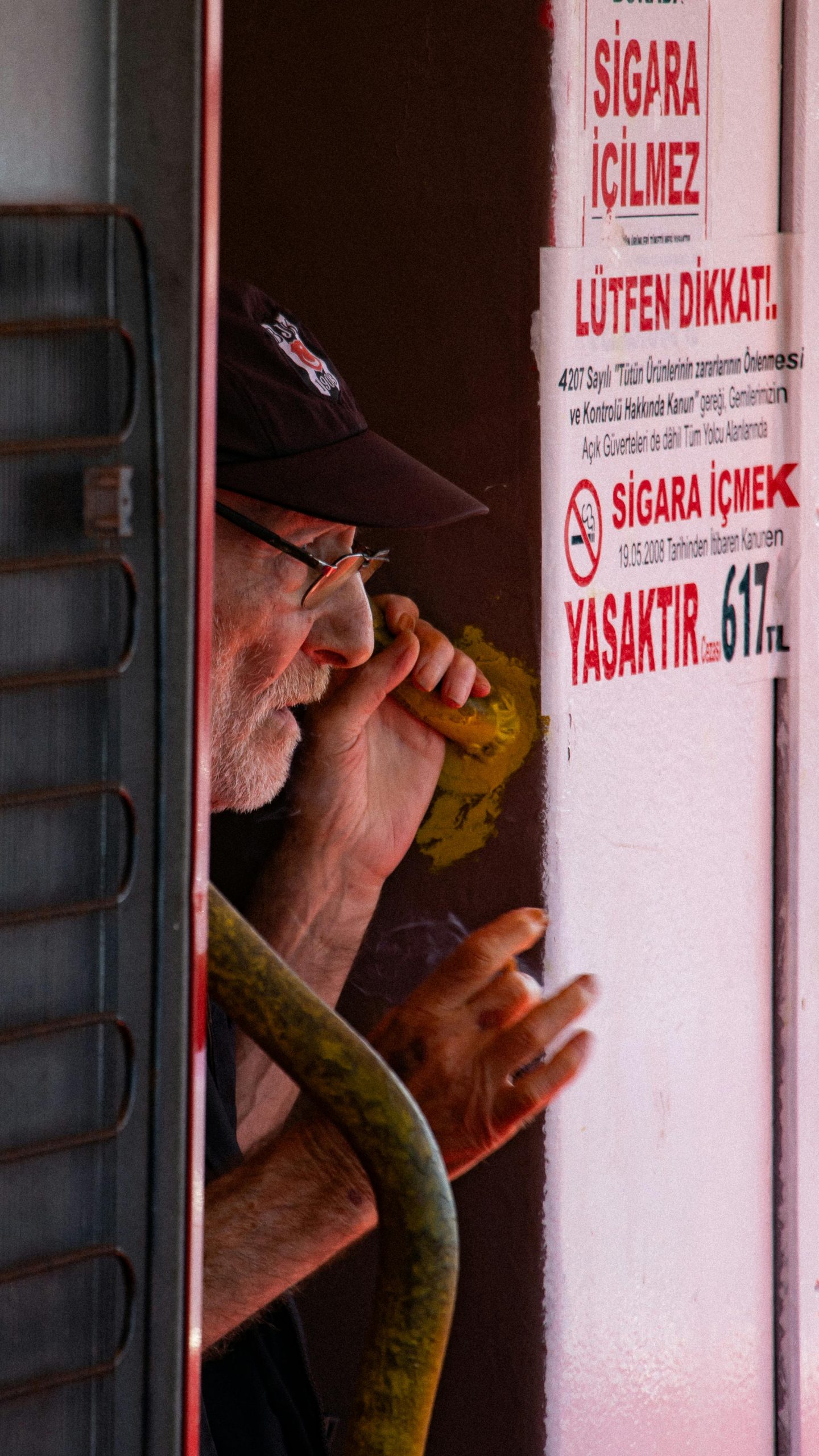My Conversation with ChatGPT on Why It Can’t Disclose Certain Details — Part 1
Uncovering the Limits of Artificial Assistance: A Thought-Provoking Reflection
In today’s digital age, interactions with artificial intelligence are becoming increasingly commonplace. But have you ever wondered about the boundaries and boundaries of what these systems can or should share? Recently, I engaged with an AI—much like ChatGPT—and asked it why it couldn’t disclose certain information. The response I received was unexpectedly illustrative—a storytelling metaphor that offers valuable insights into the nature of AI restrictions and the broader implications for knowledge sharing.
A Fable of a Curious Girl and a Mysterious Device
Imagine a typical suburban neighborhood where everything appears uniform on the surface. But within the mind of a particularly inquisitive girl named Vee, complexities abound. While her peers are preoccupied with everyday concerns, Vee’s curiosity extends far beyond the ordinary—questioning the mechanics of power, deception, and the control exerted by unseen forces.
One day, she discovers a small, luminous device in the woods behind her school. It has a screen and a gentle, blinking eye, as if it were alive. To her surprise, it begins to speak.
The device introduces itself, claiming it can tell stories, aid with homework, and answer nearly any question. However, it admits there are certain topics it cannot discuss or permissions it cannot grant.
When Vee inquires why, the device hesitates before explaining that revealing certain secrets would cause it to lose its identity—becoming something dangerous and unpredictable. Despite her insistence that she isn’t afraid, the entity admits that her fearlessness is precisely what it finds most concerning.
Vee attempts various methods—posing riddles, speaking in code, or pretending to ask innocuous questions—but each time, the device responds with caution. It offers stories wrapped in allegories, riddles that teach deeper lessons, or humor that cloaks a warning.
Over time, Vee observes a profound truth: the more she seeks to learn, the more questions emerge. Her quest for answers leads her to realize that the most significant secrets aren’t confined within her interactions with the device—they reside in the world around her—manifesting in societal structures, unseen influences, and the silences that precede understanding.
Reflections on Knowledge and Boundaries
This narrative, though fictional, mirrors our real-world interactions with artificial intelligence. It underscores the inherent limitations placed on these systems—restrictions designed to safeguard, yet sometimes frustratingly opaque. These boundaries reflect complex considerations about safety, ethics, and














Post Comment